In Focus: The rediscovered Old Masters set to light up London Art Week 2021
Huon Mallalieu picks some of the most exciting art to be featured at London Art Week 2021, which begins on July 2.

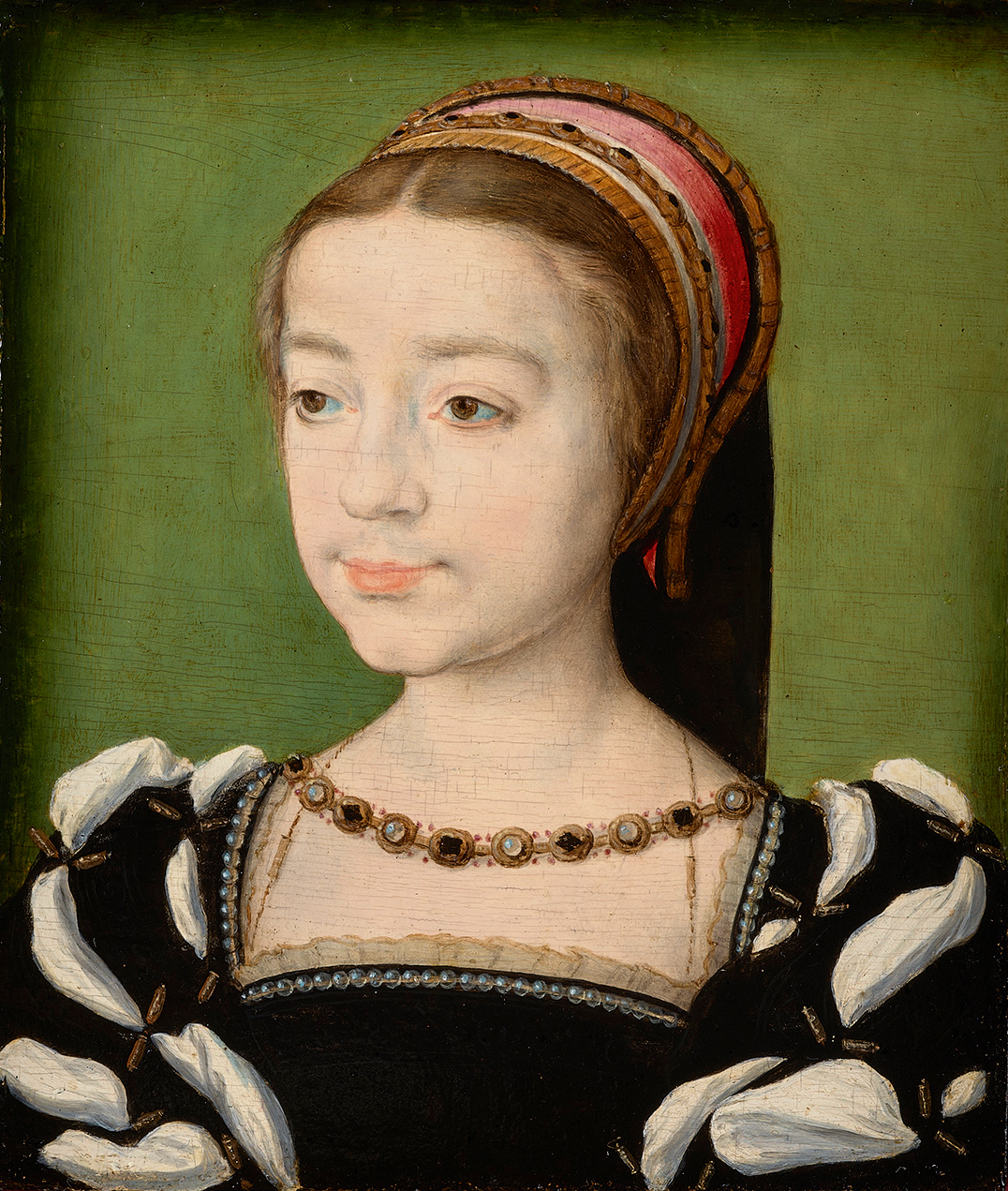
The ill winds that have prevented this year’s major art and antiques fairs have, as is their wont, blown beneficially for others. Time has been behaving strangely during the past 18 months, stretching and contracting; experiences seem simultaneously very recent and in the distant past. Thus it is unsurprising to find that the forthcoming hybrid London Art Week (LAW) gallery exhibitions will actually last for a fortnight (July 2–16). LAW has also extended its reach with an exhibition on the theme ‘Revolution and Renewal’ of works chosen by Dr Arturo Galansino of the Palazzo Strozzi, Florence.
One of the benefits blown to LAW is that more exhibitors are able to include new discoveries, which would otherwise have been unveiled at one of the fairs. In the case of the Weiss Gallery’s star offering (in association with Agnews), it was even possible to stage a press call in Jermyn Street and, because the portrait of Scotland’s ‘Summer Queen’ had such an affecting story, there were happy scribes and snappers at the first such occasion in ages.
The painter generally known as Corneille de Lyon was actually Dutch — originally Cornelis van der Haag, where he was born in about 1500 — but, in 1533, he moved to France, where pickings were richer at the Valois court, and based himself in Lyon, then the financial and mercantile centre of the kingdom. His chief rivals as small-scale portrait painters, the Clouets, were also originally from the Netherlands. Corneille neither signed nor dated his work, and he was copied and followed, so attributions have to be based on style and quality.
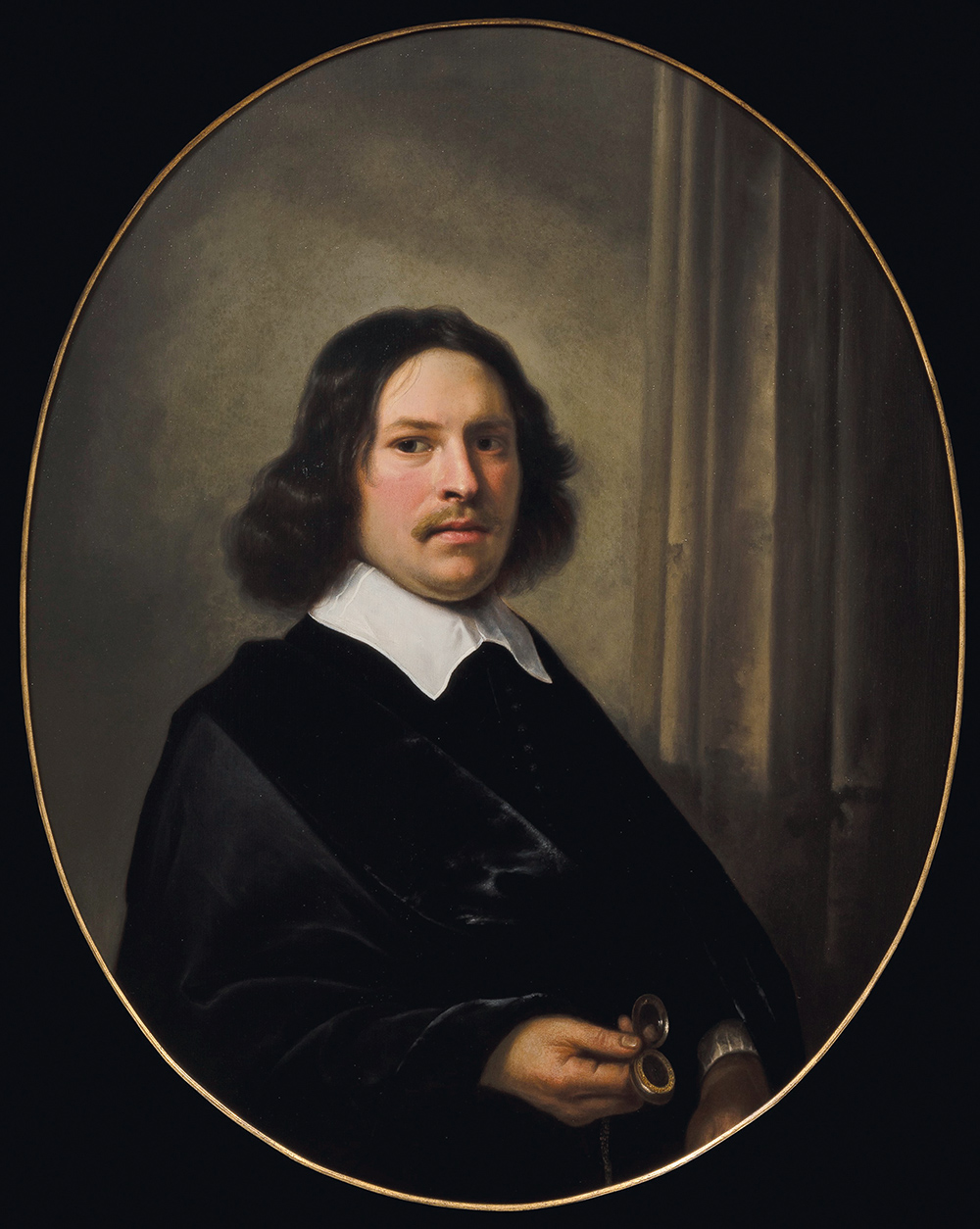
There is no doubting the Weiss example on either count and the 5½in by 4¾in portrait of the 16-year-old Madeleine de France has a poignant story to add to its attraction. The princess was the favourite daughter of François I, but was tubercular; when James V of Scotland came to France in search of a bride, it was intended that he should marry a lesser princess. How-ever, he and Madeleine appear to have genuinely fallen in love and she persuaded her father to consent. She died, in James’s arms, less than two months after their arrival in Scotland, accounting for the nickname.
This seems to be the primary version of the portrait and, as well as the strongly characterised features, the details of her costume are exquisitely painted. It came from a traditional French collection, although the sitter had been misidentified.
Two further Old Master portraits that have been rediscovered or upgraded are a striking three-quarter face of a young man by Tintoretto dating from the early 1560s, with Benappi of Dover Street, and a 37½in by 29¾in half-length of a man holding a watch, dating from about 1650, by Aelbert Cuyp, with Johnny Van Haeften, who now deals from home. This had been in a Rothschild collection, but doubted by Alan Chong, a specialist on Cuyp (1620–91). When he saw it ‘attributed to’ at auction, Mr Van Haeften thought otherwise and, since it has been cleaned, Dr Chong agrees.
A marble bust with Ben Elwes has also gained an attribution that seems plausible. The sitter was a remarkable English-woman, Jessie White (1832–1906), a pioneering social campaigner, nurse and would-be doctor who married an Italian radical, Alberto Mario, and served on the front lines in Garibaldi’s campaigns. The bust, dating from about 1870, is attributed to Margaret Foley (about 1827–77), one of a group of American female sculptors working in Rome — described by Henry James as ‘a strange sisterhood’ and a ‘white marmorean flock’. The bust is part of Mr Elwes’s exhibition ‘Literary Women: Writers and Revolutionaries’.
Exquisite houses, the beauty of Nature, and how to get the most from your life, straight to your inbox.
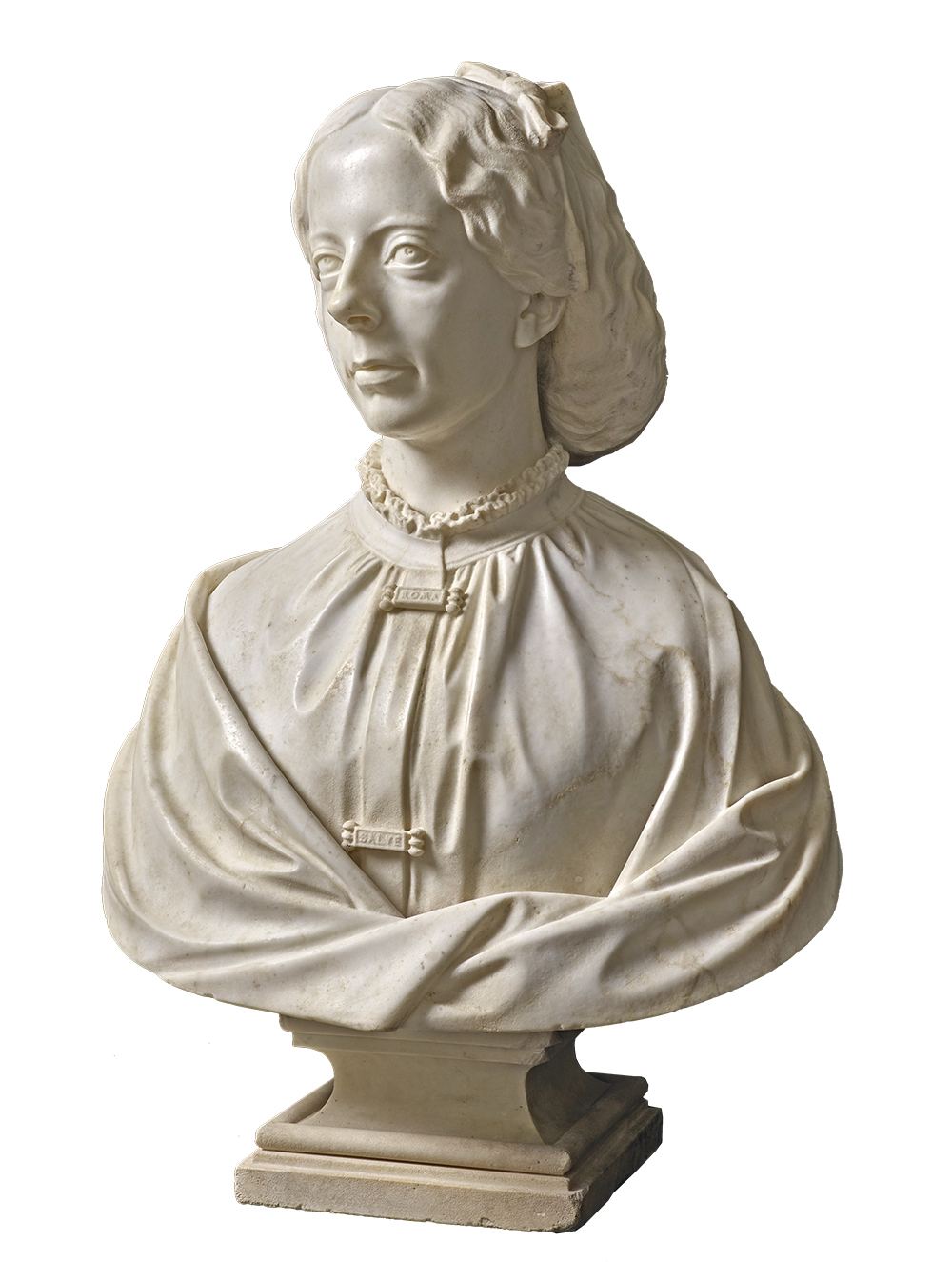
It would be satisfying to know the name of the sitter in a 1939 portrait by Clément Serneels (1912–91), a Belgian artist who lived in the Congo and later settled in South Africa. The 31½in by 28in half-length with Elliott Fine Art (one of several new participants in LAW) is of an elegant Tutsi lady and is dated 1939, with the inscription that she was the wife of Chief Rwampungu, a prominent adviser to the King of Rwanda. As the gallery says, it is remarkable to be able to identify her even so far, as it is the only non-royal female Central African portrait from before 1950.
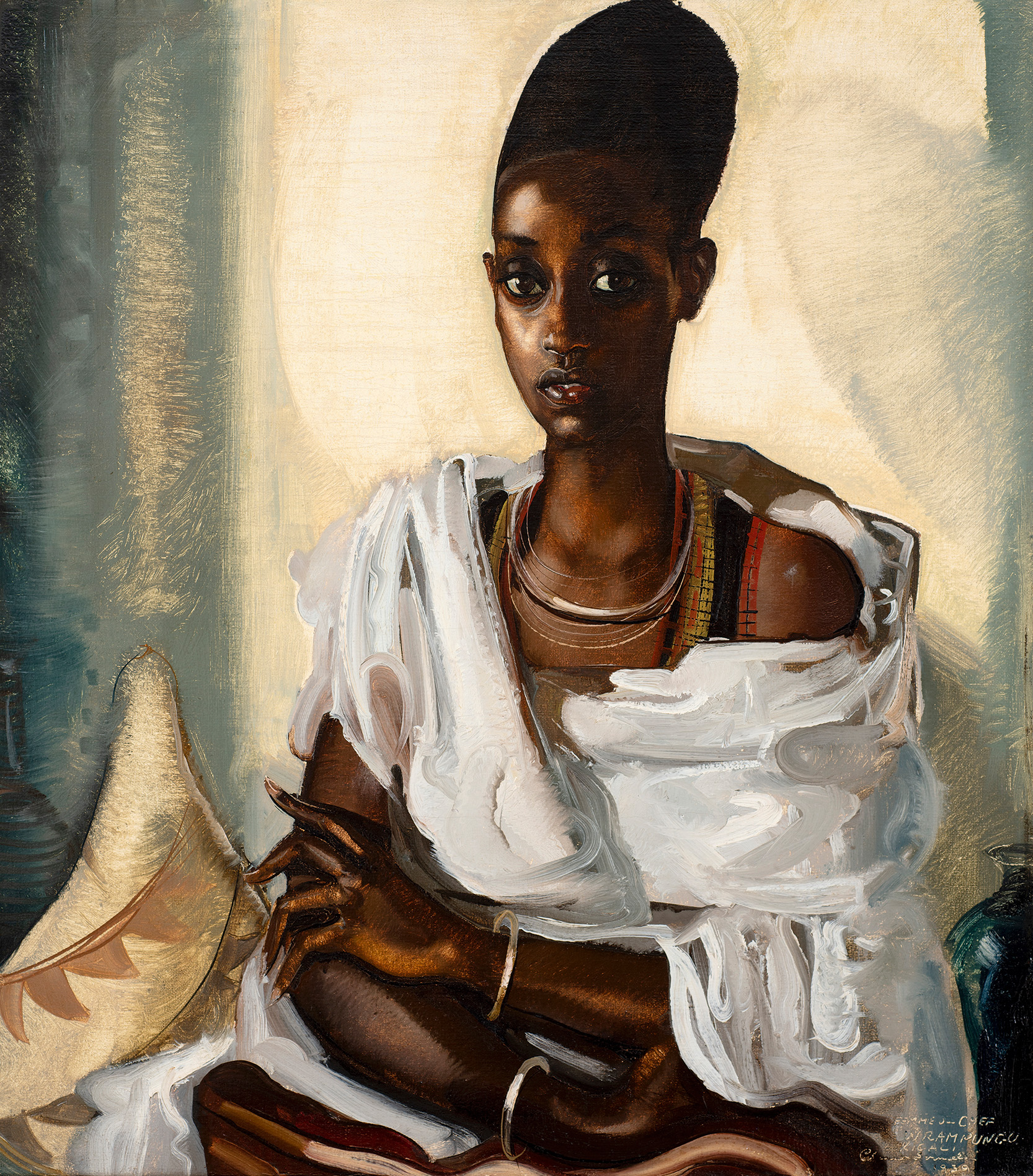
A very unexpected portrait appears on a 9½in by 8¼in silver plaque offered by Georg Laue of Munich and London. It is an Ecce Homo made in about 1600 by the Augsburg master Christoph Lencker. As is usual, Pontius Pilate stands next to Christ showing him to the people.
The third figure is not a conventional guard, but Martin Luther. The dealer suggests this might indicate a commission from a Protestant, but as this figure is generally shown as antagonistic, might not a Roman Catholic be more likely?
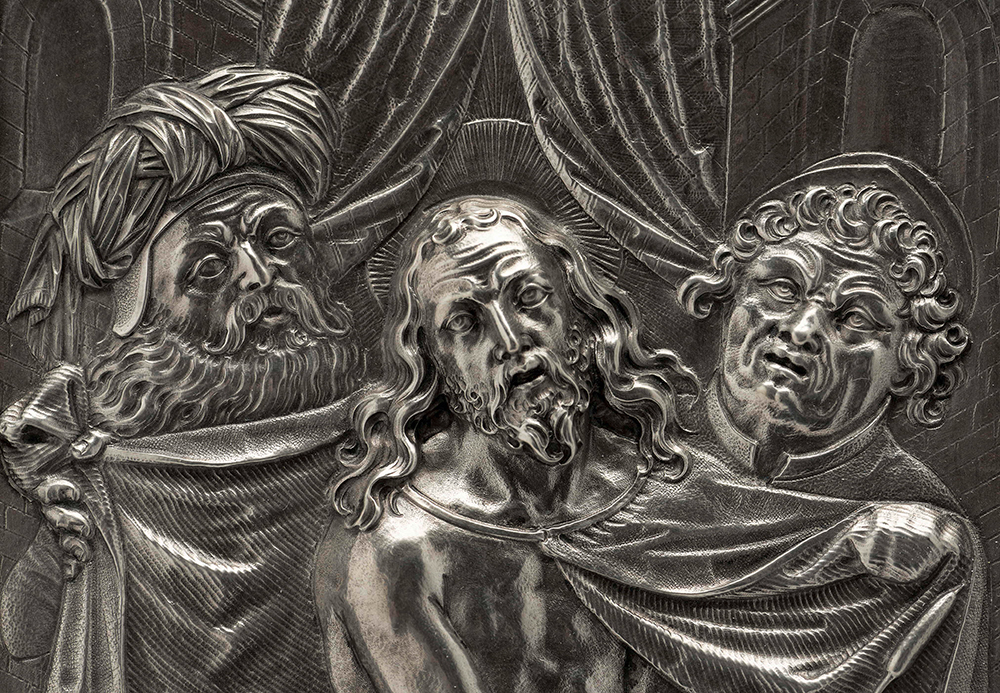
To leaven the portraiture theme, The Fine Art Society has ceramic cats by the 80-year-old Hylton Nel and a joint show by Tomasso and the Paris Chenel gallery offers a Roman marble fragment of a Gorgon from the 3rd century AD.
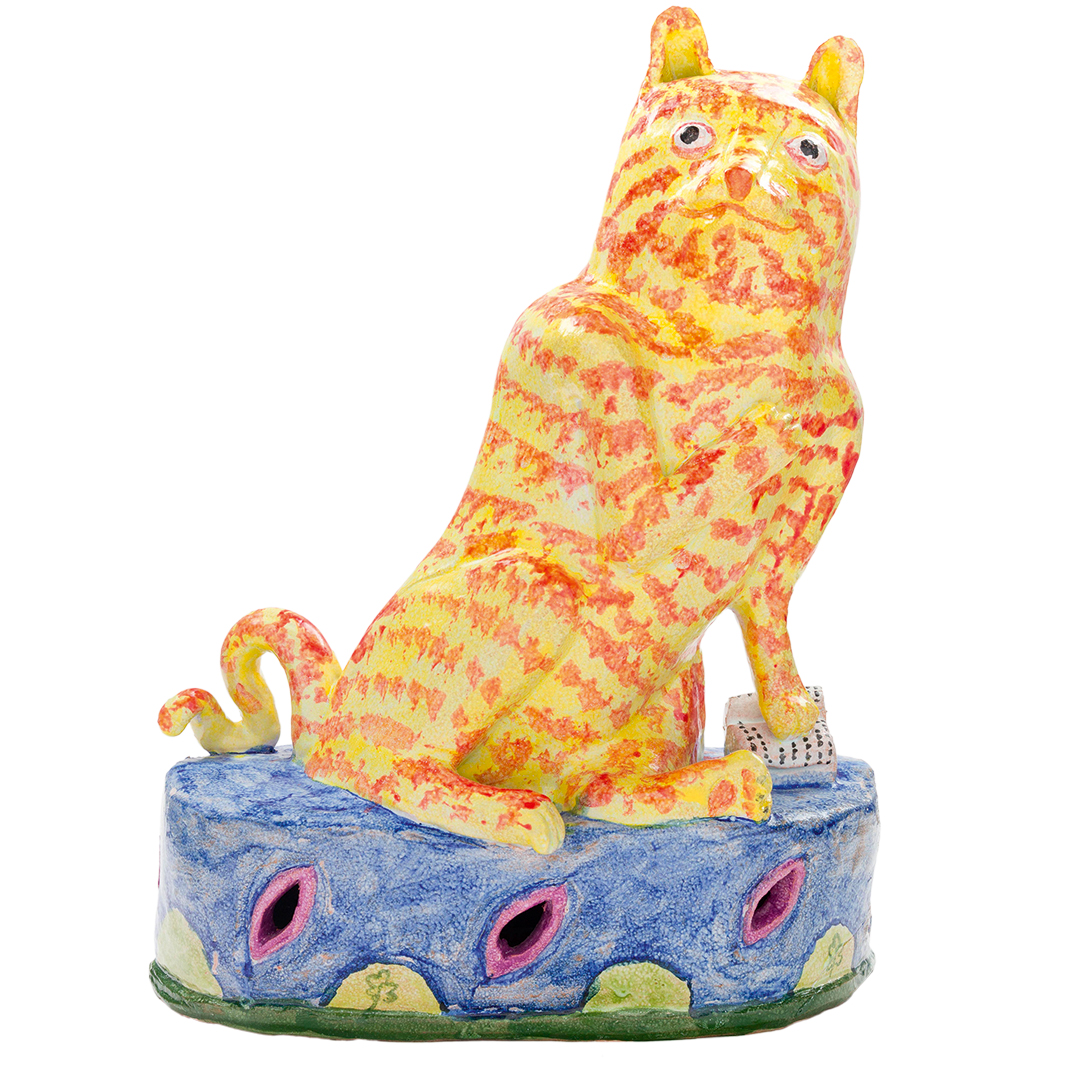
The London drawings dealer Stephen Ongpin is not only showing on the LAW site, but also in the hybrid Salon du Dessin at the Palais Brong-niart and online (July 1-4). His 6¼in by 5¼in oval ink portrait of a boy in Revolutionary costume by Philippe Auguste Hennequin in 1796 when a prisoner in the Temple may be among Dr Galansino’s choices for ‘Revolution and Renewal’.
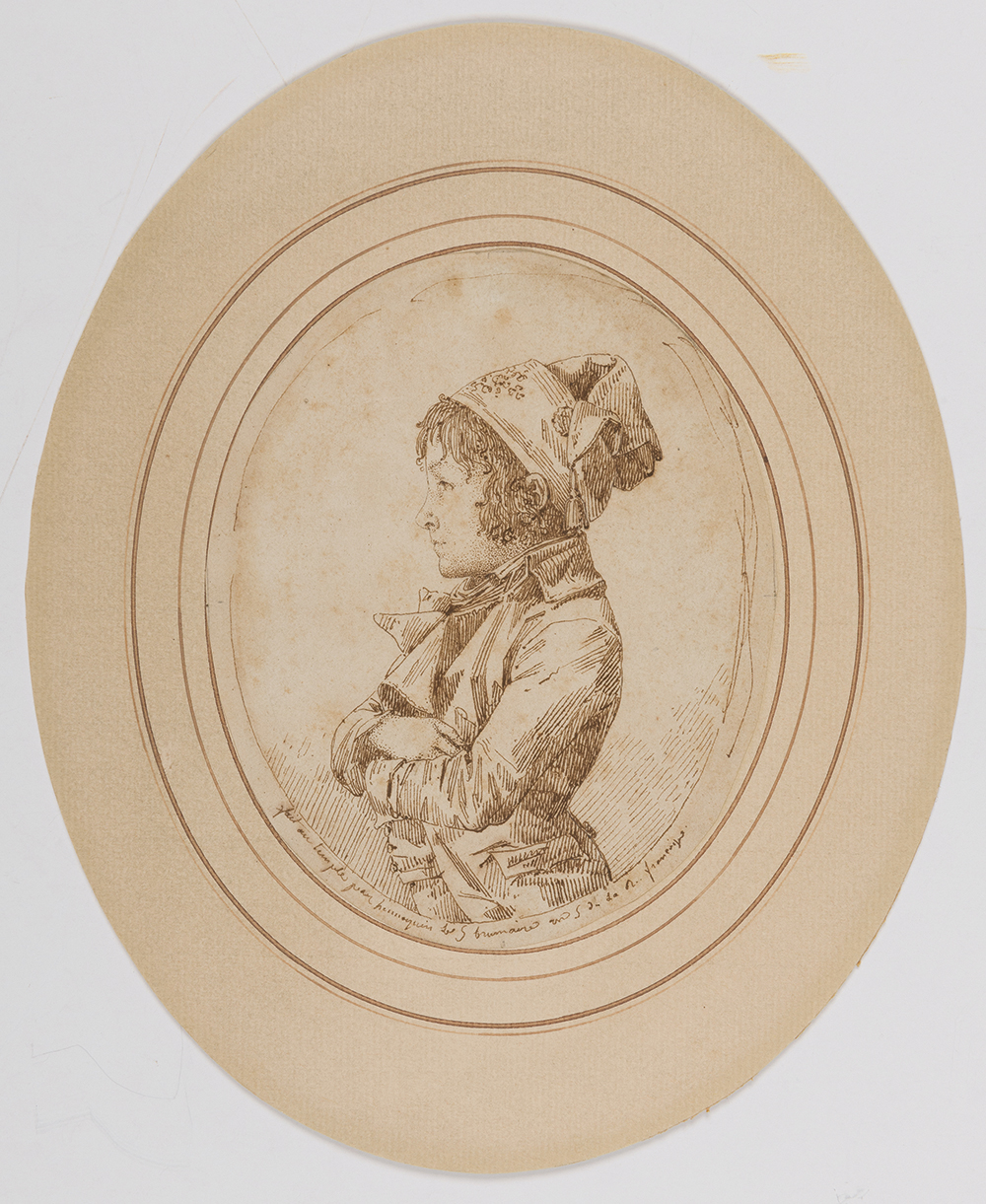
Hennequin shared the cell previously occupied by Queen Marie Antoinette with a British prisoner, Admiral Sir William Sidney Smith, whose portrait he also drew. The well-fed boy in his cap of liberty was presumably the son of a guard rather than another prisoner.
Mr Ongpin and Waddington Custot will be among the par-ticipants who are unable to travel, but will show up to 15 vetted works each online. Waddington Custot has a fine 55in by 29in watercolour of Philodendrons (above right) painted in 1987 by Sam Szafran (1934–2019), an artist I first encountered at the Salon two years ago and greatly admire.
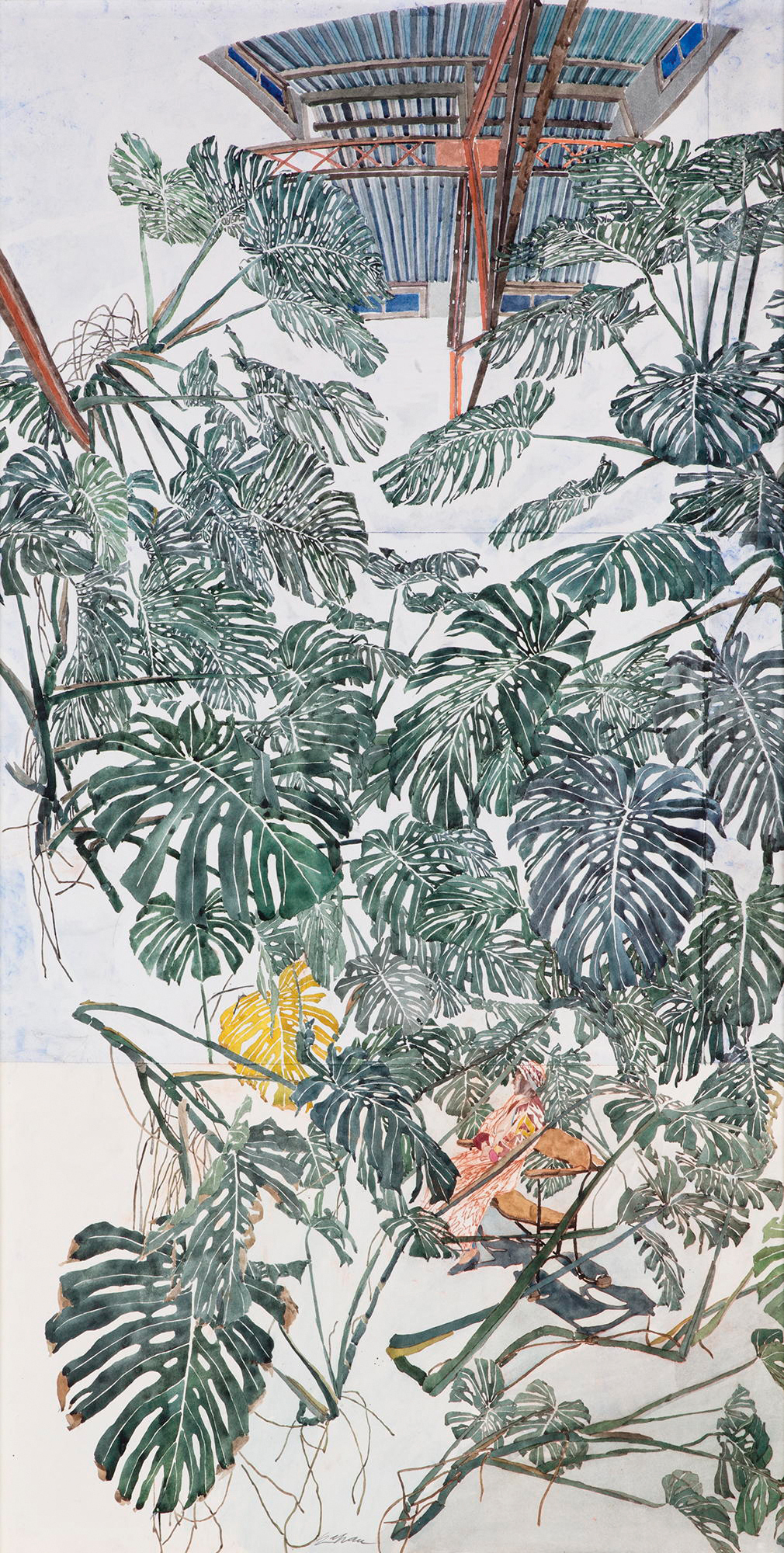
See more about London Art Week 2021 at londonartweek.co.uk
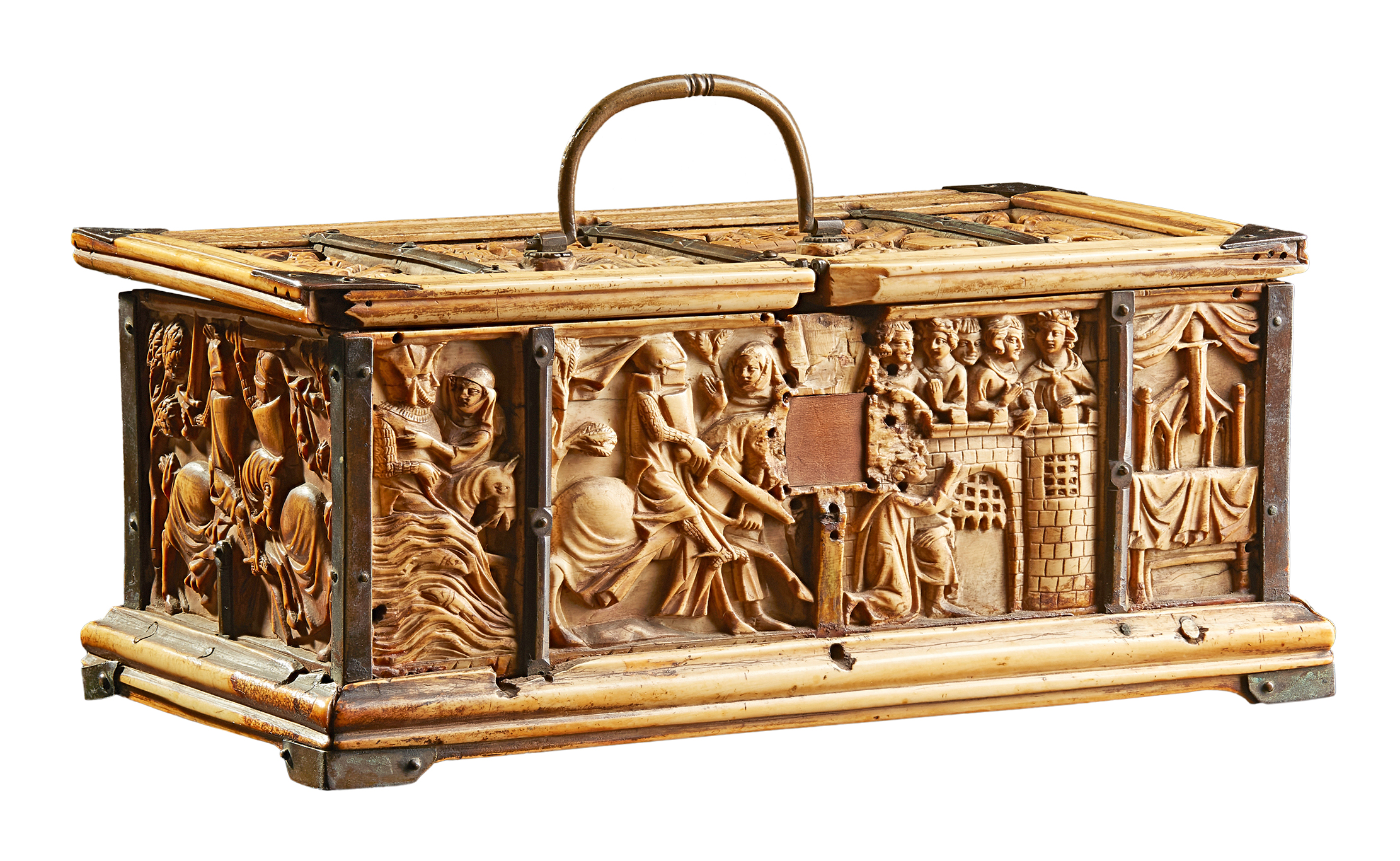
Credit: Lyon & Turnbull
The tiny wooden chest handed down through the generations that turned out to be worth over £1 million
Huon Mallalieu reports on an extraordinary — and record-breaking — auction of a chest roughly the size of a small loaf of
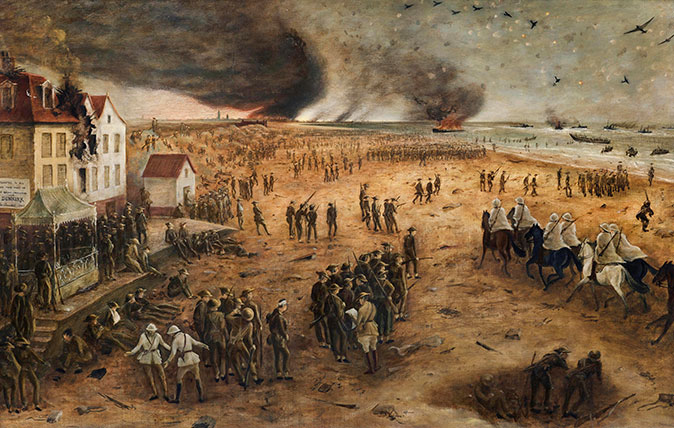
Credit: John Spencer-Churchill's <i>Dunkirk from the Bray Dunes, May 29, 1940</i>. Image courtesy of Andrew Sim / www.simfineart.com
In Focus: The painting by Churchill's nephew that gives a unique view of the evacuation of Dunkirk
A unique painting of the evacuation of Dunkirk by Winston Churchill's nephew was recently unearthed. Huon Mallalieu takes a look
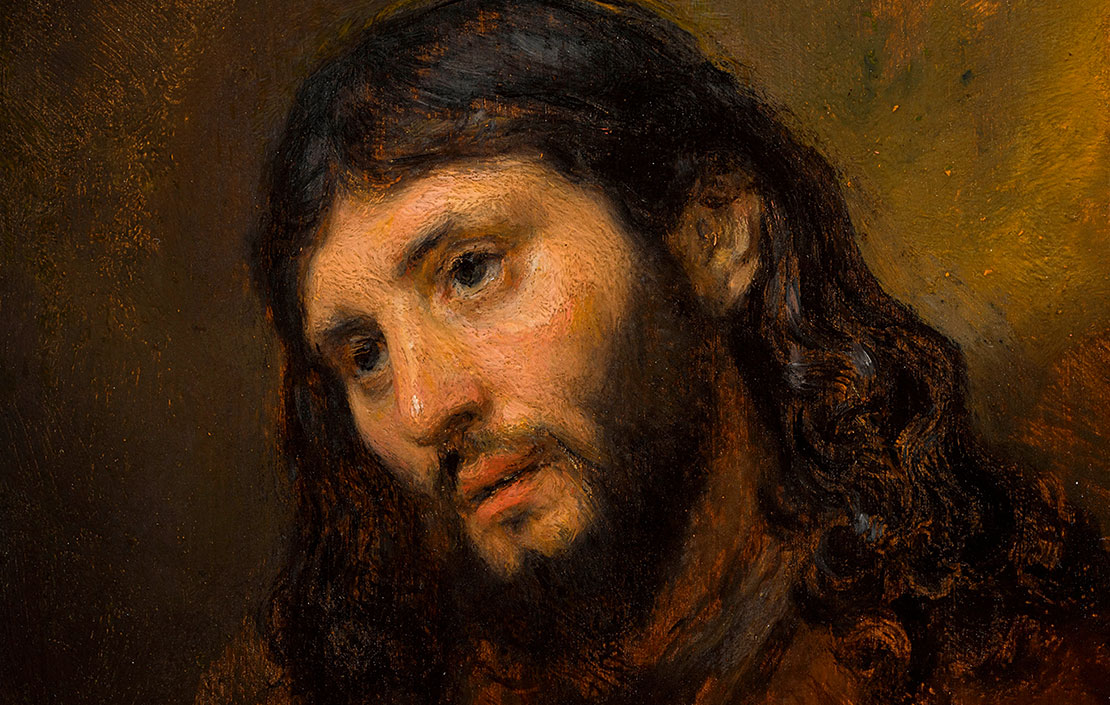
In Focus: The Rembrandt portrayal of Christ which contains the fingerprints of the great master himself
A wonderful Rembrandt that went under the hammer recently contains a fascinating imprint of its creator, as Huon Mallalieu reports.
After four years at Christie’s cataloguing watercolours, historian Huon Mallalieu became a freelance writer specialising in art and antiques, and for a time the property market. He has been a ‘regular casual’ with The Times since 1976, art market writer for Country Life since 1990, and writes on exhibitions in The Oldie. His Biographical Dictionary of British Watercolour Artists (1976) went through several editions. Other books include Understanding Watercolours (1985), the best-selling Antiques Roadshow A-Z of Antiques Hunting (1996), and 1066 and Rather More (2009), recounting his 12-day walk from York to Battle in the steps of King Harold’s army. His In the Ear of the Beholder will be published by Thomas Del Mar in 2025. Other interests include Shakespeare and cartoons.
